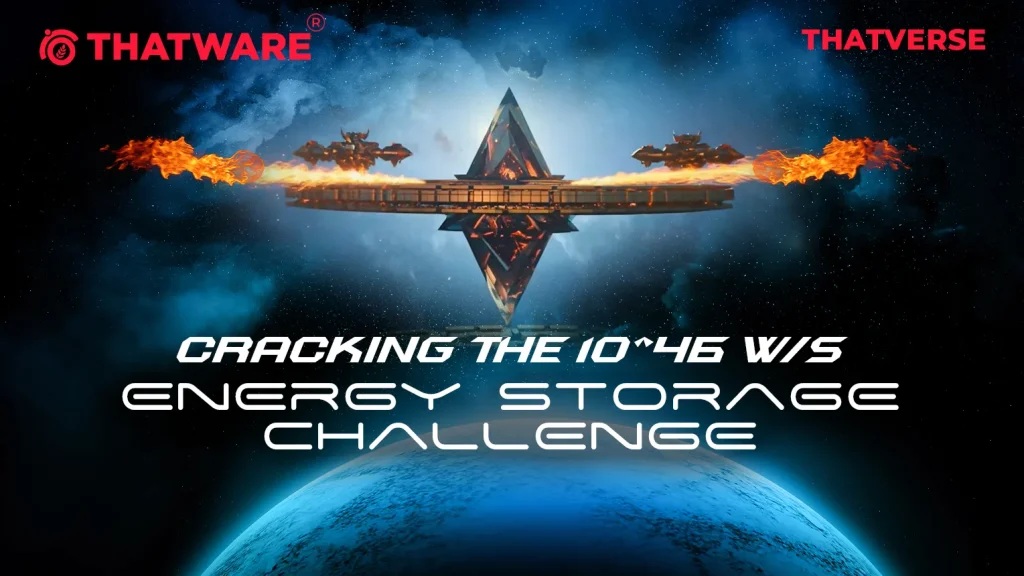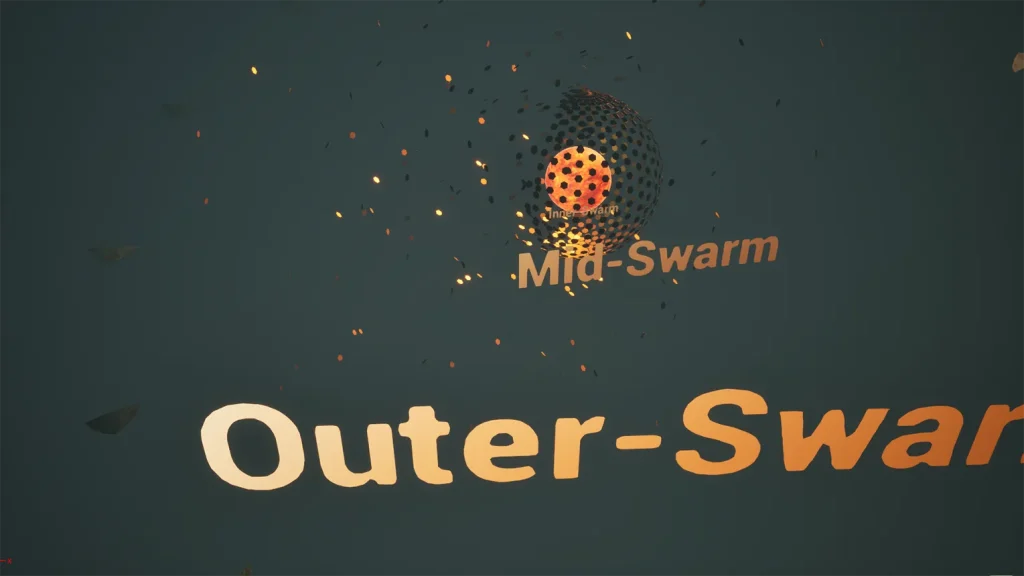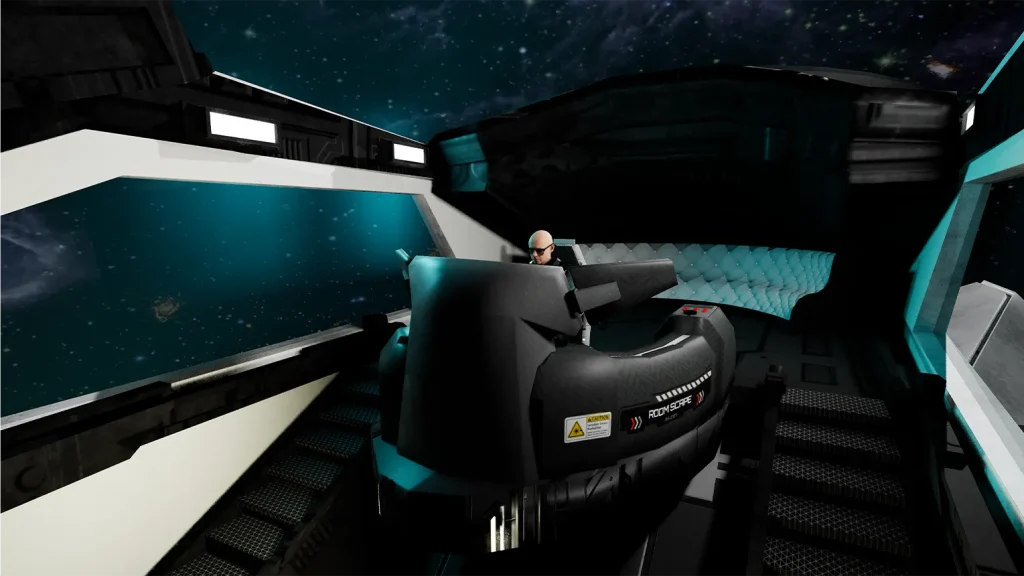Get a Customized Website SEO Audit and SEO Marketing Strategy
Every great leap forward in human history has come with a single question: Now that we have the power, how do we control it?
Mission 7 in the Thatverse saga dives headfirst into this exact problem. Dan and ThatX have already solved the riddle of antimatter annihilation and figured out how to tap into unimaginable amounts of raw power—10^46 watts per second. But producing such a colossal surge of energy is only the beginning. The true challenge lies in storing it safely, efficiently, and in a way that doesn’t unravel the very fabric of space-time.

Awakening to the Impossible
The scene opens with ThatX rebooting after draining its reserves during the antimatter mission. Dan wastes no time setting the next objective: harnessing and storing the staggering energy output that could fuel civilizations for millennia. For context, 10^46 joules is so far beyond our present-day nuclear, solar, or fusion technologies that even our boldest science fiction barely scratches the surface.

This is where STARFORGE ASCENSION is born—a plan to create a galactic-scale storage system that doesn’t just push boundaries, but completely redefines them.
The atmosphere inside the command deck hums with a soft resonance as ThatX’s core stabilizes. Data streams flicker across the holographic table—models of collapsing stars, quantum field diagrams, and energy dispersal matrices. Dan studies each projection with focused intensity, aware that one miscalculation could rupture the temporal fabric itself. Yet, beneath the tension, there’s wonder. Humanity stands at the edge of a revelation. The impossible isn’t merely being imagined; it’s being engineered. The faint blue glow of the simulation reflects in Dan’s eyes, a silent promise that the universe’s greatest secrets are about to unfold—and this time, humanity will be ready to hold them.
Temporal Lattice Energy Vaults: The Future of Power
Dan unveils the blueprint for the next step: Temporal Lattice Energy Vaults (TLEVs). Unlike conventional batteries or superconductors, these vaults don’t store energy in space. Instead, they store it in time itself.
Imagine winding time like a spring and sealing that coiled potential inside quantum-anchored vaults. That’s compressed temporal inertia. Each vault is roughly the size of a small moon, yet it has the capacity to store up to 10^46 joules of energy. To put that in perspective, a single vault could power every technological endeavor in human history—combined—many times over.

The brilliance of TLEVs lies not only in their capacity but in their adaptability. Each vault functions as a living construct—constantly recalibrating its temporal frequency to maintain equilibrium between stored energy and universal time flow. This ensures that no paradoxes emerge when vast energy transfers occur. Inside, temporal fibers woven from chronon threads act as conduits, channeling and dispersing raw power without generating heat or loss. These threads resonate in harmony with the vault’s quantum anchors, creating a rhythmic pulse that mirrors the heartbeat of a star. Scientists call this effect “chrono-resonance,” a phenomenon that allows energy to exist in a suspended state of potentiality. When the vaults are activated, they don’t simply release energy—they re-synchronize it with real-time existence, unfolding the stored moments like pages of a cosmic ledger. It’s not just storage; it’s controlled temporal orchestration.

Building the Orbital Lattice
The strategy is not to create one colossal vault but hundreds, arranged in an orbital lattice around a harvesting star. This lattice would form the backbone of the Dyson swarm project, a megastructure capable of absorbing, storing, and redistributing stellar energy on demand.
The sheer scale of this engineering challenge would make the pyramids, the International Space Station, and even Mars colonization seem like stepping stones. Yet, with TLEVs, the concept shifts from impossible dream to achievable design.

Safety First: Stellar Fold Anchors
Of course, channeling that much energy carries risks on an unimaginable scale. A minor leak could destabilize entire planetary systems. That’s where stellar fold anchors come in. These stabilizers create temporal bubbles, balancing out quantum entropy and preventing catastrophic chain reactions. In essence, they lock the vaults into place within folded pockets of time, ensuring containment even if external forces attempt to interfere.

ThatX immediately grasps the stakes, questioning whether this level of containment is truly secure. Dan confirms that, with fold anchors and entropy dampeners, the system can maintain stability. The vaults become more than storage—they are guardians of controlled cosmic fire.
Why It Matters: Beyond Science Fiction
Readers may wonder: why does this mission matter? Beyond its thrilling sci-fi premise, it reflects a fundamental truth of human progress. Energy lies at the heart of civilization. From the fire harnessed by early humans to the nuclear reactions of today, every leap in power has rewritten the rules of what is possible.
The Thatverse narrative pushes this progression into the far future, where humanity is no longer limited by scarcity but challenged by abundance management. How do we responsibly store and deploy energy on scales that rival stars? The answer, as Mission 7 suggests, may lie not in space, but in bending the very flow of time.
This mission also serves as a mirror to our current age—a time when the balance between innovation and restraint defines our survival. As we chase cleaner, limitless energy, the Thatverse invites us to question the moral dimensions of progress. What happens when humanity gains the power of stars but not the wisdom to wield it? The TLEVs are not just fictional constructs; they echo real-world debates about quantum computing, AI autonomy, and sustainable resource control. By storing energy in time, the story symbolically stores our choices, too—decisions that could either ignite enlightenment or unleash chaos. Mission 7 reminds us that evolution is not just technological but ethical. The future is not waiting to be built; it is waiting to be understood, one choice at a time. In the end, the challenge isn’t just storing power—it’s proving we deserve to have it.

The Road Ahead: STARFORGE ASCENSION
By the close of this mission, the stage is set. The TLEVs are more than a technological solution—they are the foundation for building a Dyson swarm, humanity’s first step toward becoming a Kardashev Type II civilization. The teamwork between Dan and ThatX underscores the balance of vision and execution, where imagination is anchored by engineering.

The call to action is clear: the era of small-scale energy storage is over. The future belongs to those who dare to reimagine power itself.
Mission 8 awaits—and with it, the dawn of the STARFORGE ASCENSION.

